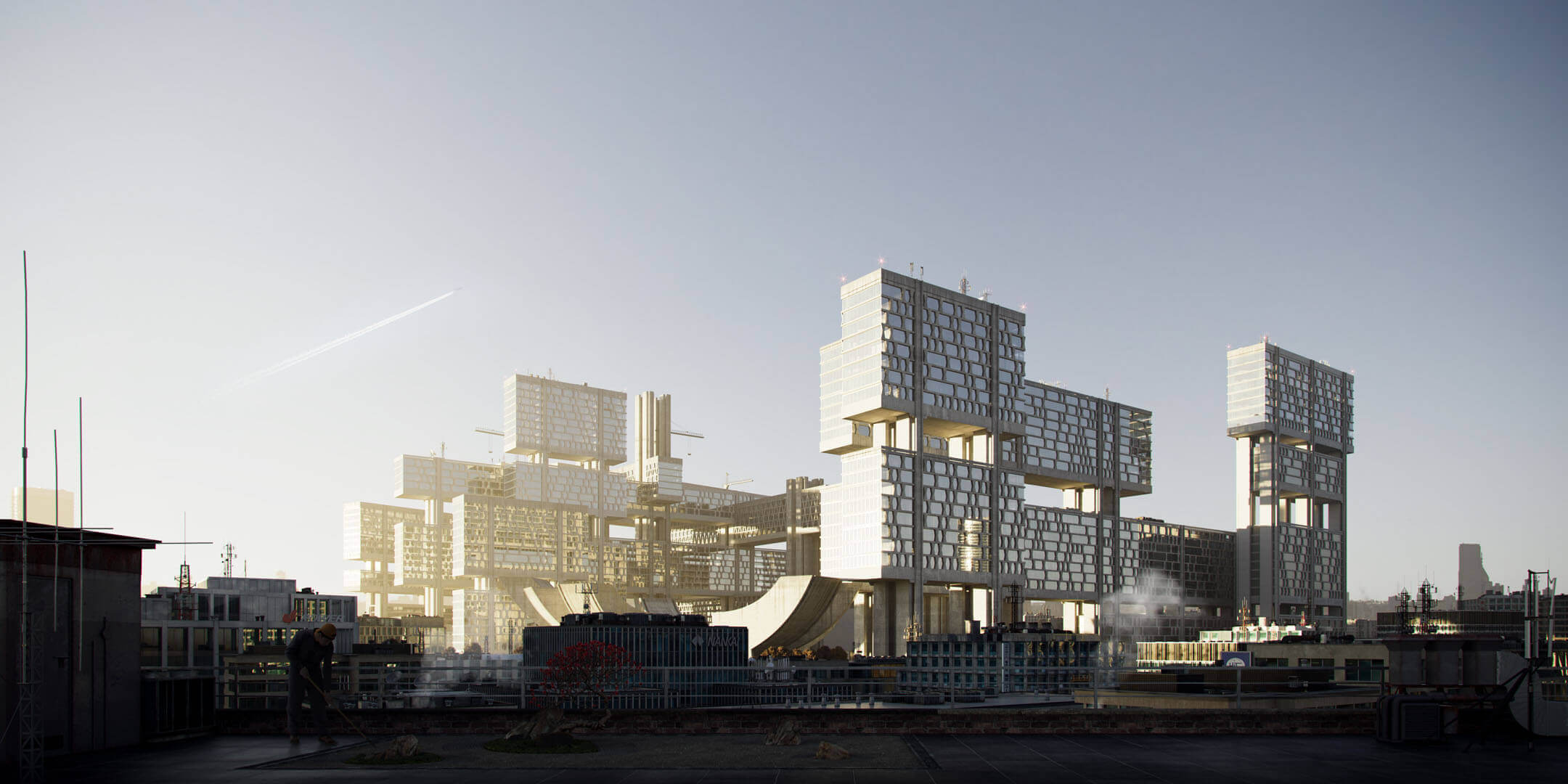Portfolios are a vital part of any architectural business. It’s the first thing that a potential employer or investor looks at when deciding on whether to hire an architect. It’s the “face” of an architecture professional, the indicator of proficiency, reputation, and experience. And since it’s so important, it should be nothing less than outstanding.
What makes a good portfolio? For one, it has to show how proficient an architect is, demonstrating how breathtaking and functional his or her designs are. Secondly, it’s the number of presented projects — the more, the better. Finally, the portfolio should be updated regularly to cement the impression that the professional is always at work on some projects, and, therefore, is sought after.
However, there are a few problems architecture specialists can run into when filling their portfolios. The thing is that they mainly use photographs of finished projects or sketches of future designs. But oftentimes, NDAs prevent authors from using photos of their projects, making them unable to use the first option. As for drawings and sketches, they are not always convincing enough for modern investors and employers.
Luckily, there is a perfect solution to these issues that can help create an outstanding portfolio — realistic 3D visualization. We know that CGI is a game-changer for this goal and we are ready to prove it. So, join up and find out 5 ways 3D architectural visualization helps in creating stellar portfolios!
#1. Realistic 3D visualization shows the final results of the unfinished projects
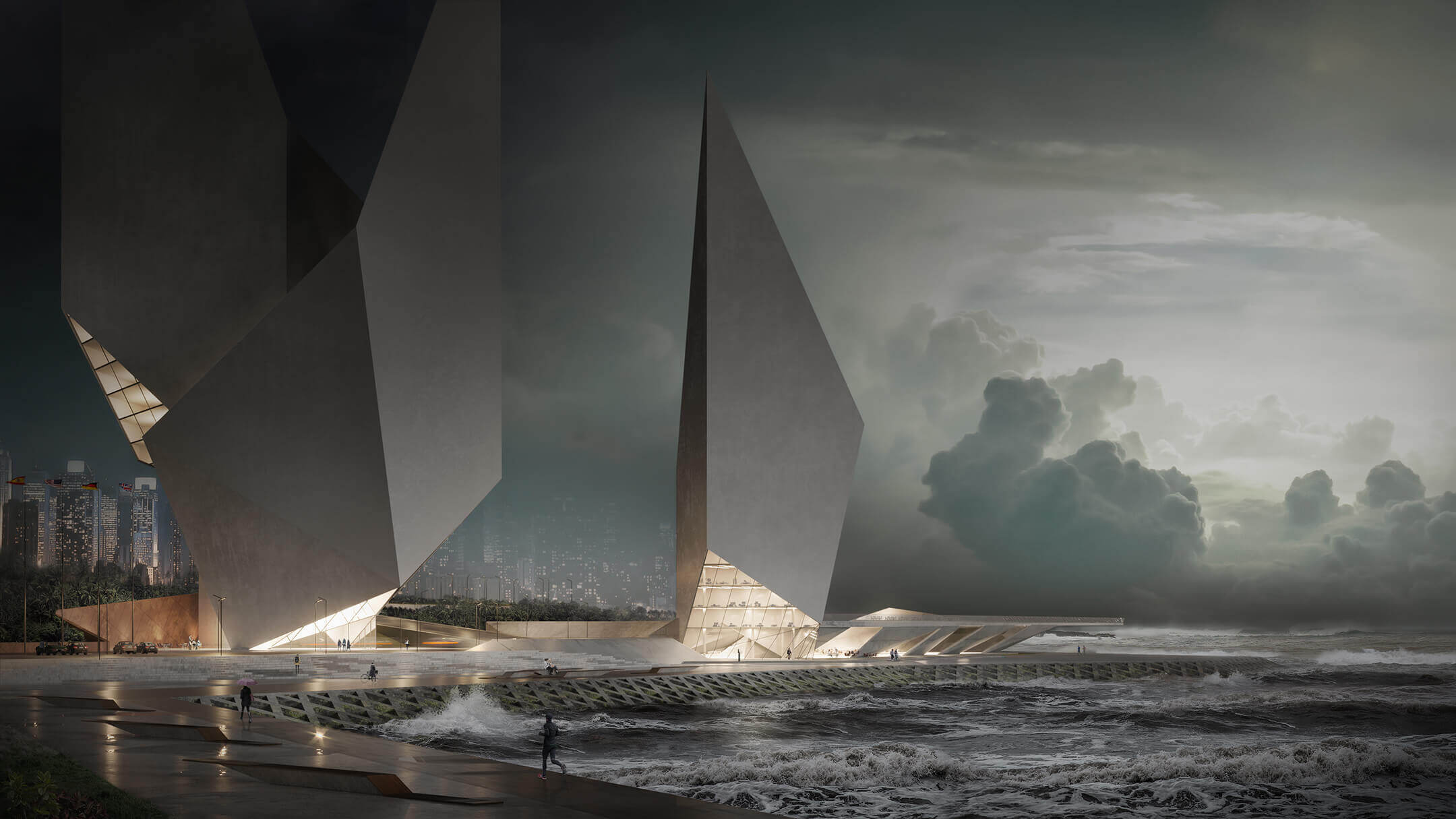
Different things can stand in the way of architecture specialists getting photos of their finished projects. We’ve already mentioned that NDAs can prevent architects from taking pictures of their designs when they are finally built. Or, perhaps, the projects don’t get approved because some unrelated reasons made investors change their minds at the last moment — so the construction does not even begin. Issues like these leave project authors, especially those that have not firmly established themselves in the architectural community, with a question — how can they fill their portfolios?
Realistic visualization is the best solution for such scenarios. It can show the results of the projects even if the construction never started at all. And what about the NDA part? Unfortunately, there is nothing that can be done with legal workings — if it’s in the contract, it’s impossible to use the visuals of the ready buildings. However, there is also good news. An architect can have other projects without NDAs that aren’t fully built yet. And that’s exactly where realistic 3D visualization will work wonders!
#2. Photoreal CGI helps create a consistent style for portfolios
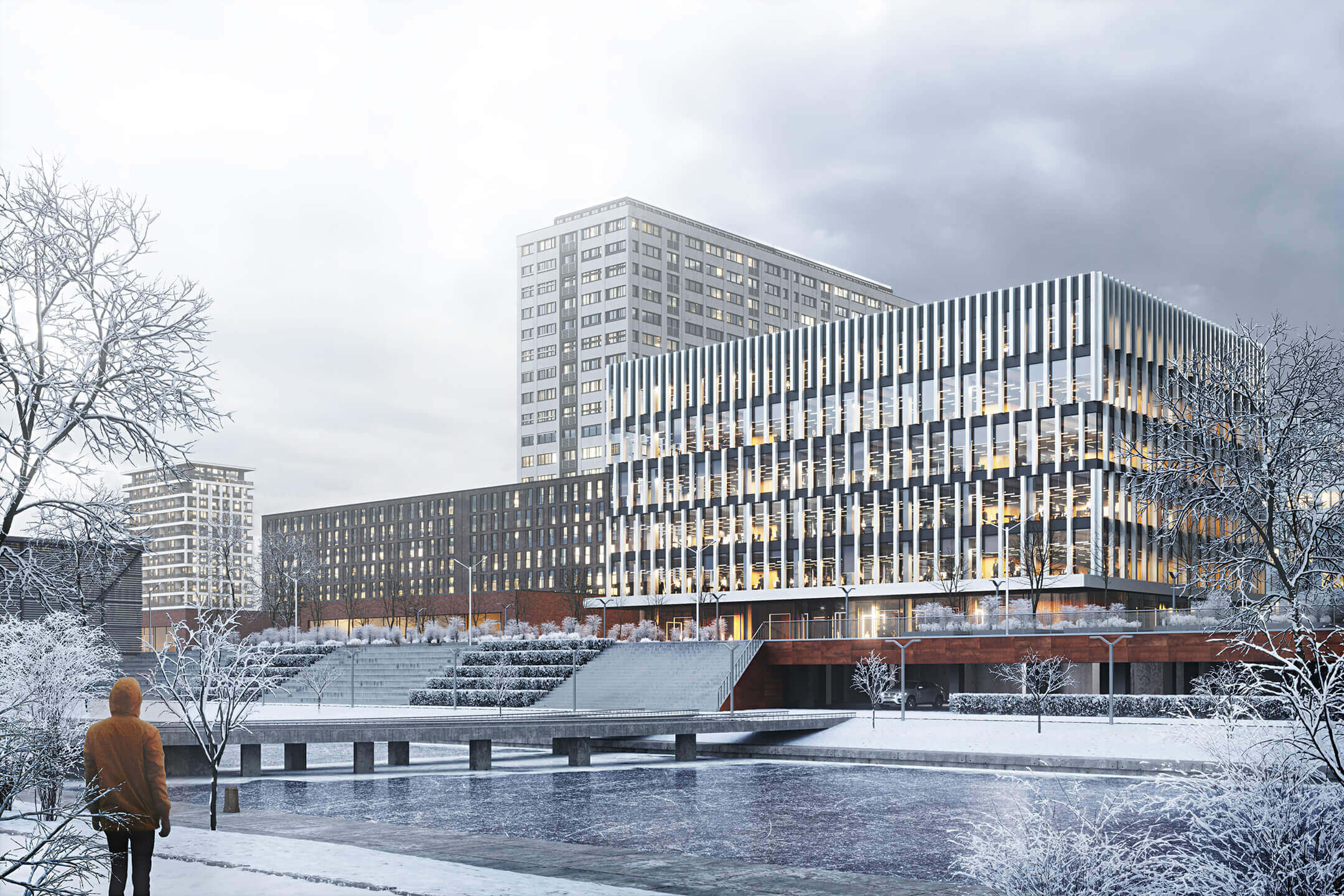
One of the issues even the most experienced architects struggle with is keeping their portfolios consistent. They have to be curated so as not to leave the viewers confused with the discrepancy in style or quality of visuals. But is it not easy to achieve it using sketches and photos. As for sketches, they usually vary drastically in appeal and do not look realistic enough. And as for hiring a professional photographer to shoot the building, it makes sense only if the construction is finished. Which is not always the case.
Fortunately, realistic 3D visualization is more than capable of providing images of unfinished projects with a consistent style and the highest Ultra HD 4K quality. Such imagery presents designs looking so real as if they are already built, bathed in gorgeous lighting looking on-point within any context. But the quality is not the only great thing about realistic visualization.
Another advantage of CGI is that it allows for tweaking the overall tone of images and seamlessly add special effects to establish a unique style for all works. This way, skilled 3D artists can make all realistic 3D renders of an architect’s projects look consistent in style and atmosphere. This will ensure that the audience notices a recognizable author’s “signature” on all visualizations. A portfolio filled with such works is bound to attract potential investors.
Ensure your exterior design project leaves a lasting impression and takes your clients’ breath away with stunning visuals.
#3. CG visualization opens wide storytelling opportunities
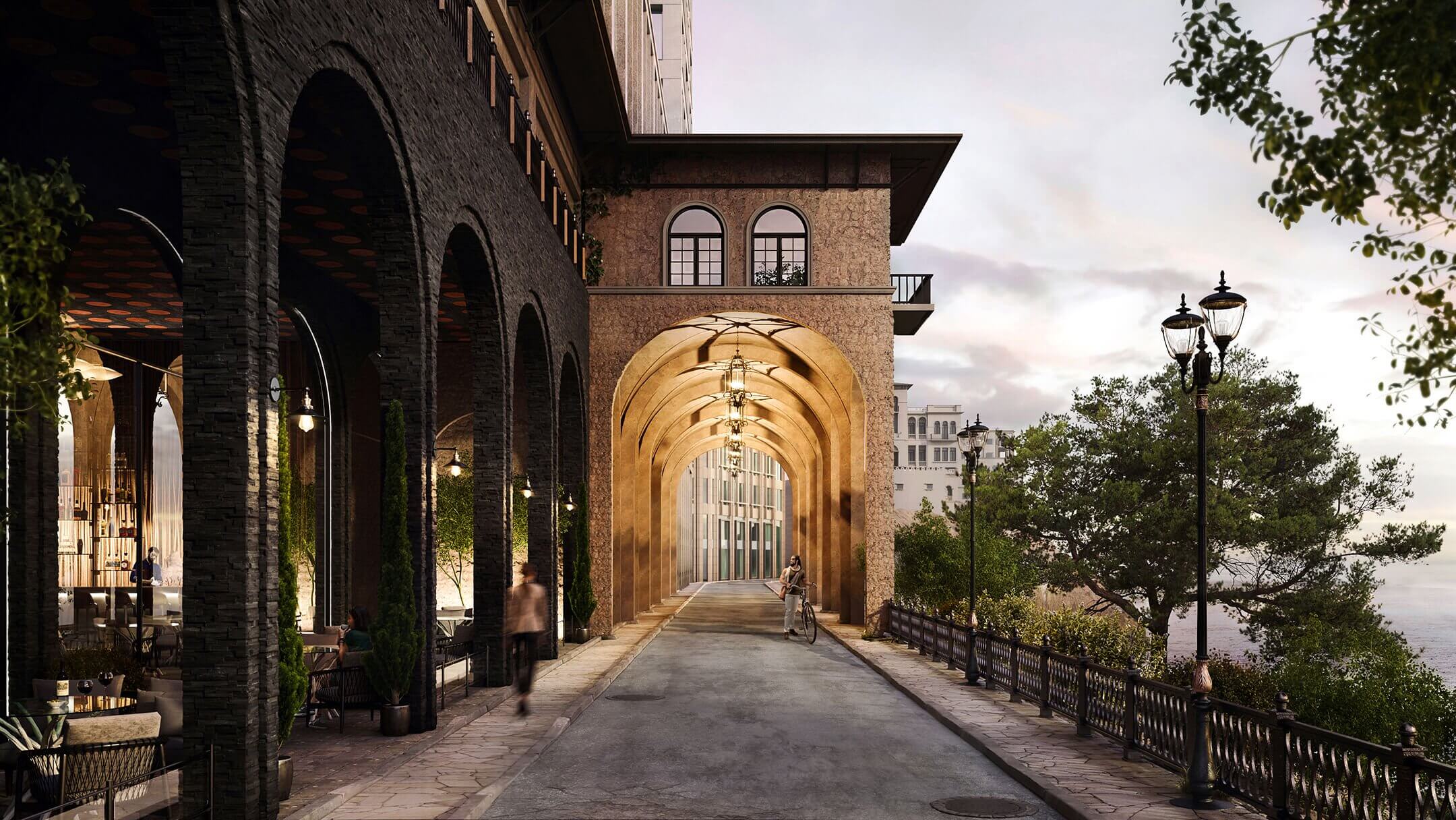
Every professional’s portfolio should not just show the designs, but tell stories about them. What makes them special? How can they make people’s lives comfortable and easier? What would it be like to inhabit them? All these answers should be answered by concise texts and high-end realistic visuals. But the latter is impossible to get before the construction is finished. So, even if the architecture specialist hires a professional copywriter to write captivating stories about their works, these efforts will be of little use without appropriate imagery.
In this case, it is reasonable to opt for CGI, which allows for getting catchy visuals with ease. Realistic 3D visualization can not only show the expected outcome of the unfinished projects but do it from multiple perspectives. By this, we mean that 3D rendering allows for getting different dramatic POVs of the same space. These can be close-ups, aerial views, panning shots, some of which would be difficult to pull off with photography. These images can be successfully used by an architect to illustrate a story about his or her masterpiece.
Contextual elements are another aspect of realistic 3D visualization that makes it a storytelling asset. These may include various decor details as well as objects that help create the distinct atmosphere of a place: paraphernalia, cars, foliage, trees, and so on. Filling the digital spaces with those elements would make them look lived-in and believable, and thus make them more attractive for the audience!
#4. Realistic 3D visualization isn’t limited to static shots
Realistic visualization looks especially impressive in motion. That is why architectural rendering firms offer help fill architectural portfolios with gorgeous 3D animations and virtual tours. They work not only as a fresh and visually pleasing rendition of designs but also as a storytelling tool of its own. Experiencing space as separate shots is one thing, but a dynamic walkthrough will create a lasting impression on even the most skeptical audience.
So, what are 3D architectural animation services and virtual tours? A 3D animation is a short photoreal film that shows the future design in motion. It allows for impressing the audience with different interesting effects. For instance, if an architecture specialist wants to give a creative spin to an animated realistic 3D visualization, it may come in the form of a project timelapse.
Virtual tours are interactive CG visuals that help viewers feel like visitors to the future property. Using a mouse or a touchpad, a viewer can “go” in any direction to explore the presented space, and even zoom particular details. This way, a 3D virtual tour rendering gives a realistic perspective and an immersive experience to the viewers.
#5. Realistic visualization allows for showcasing any creative ideas
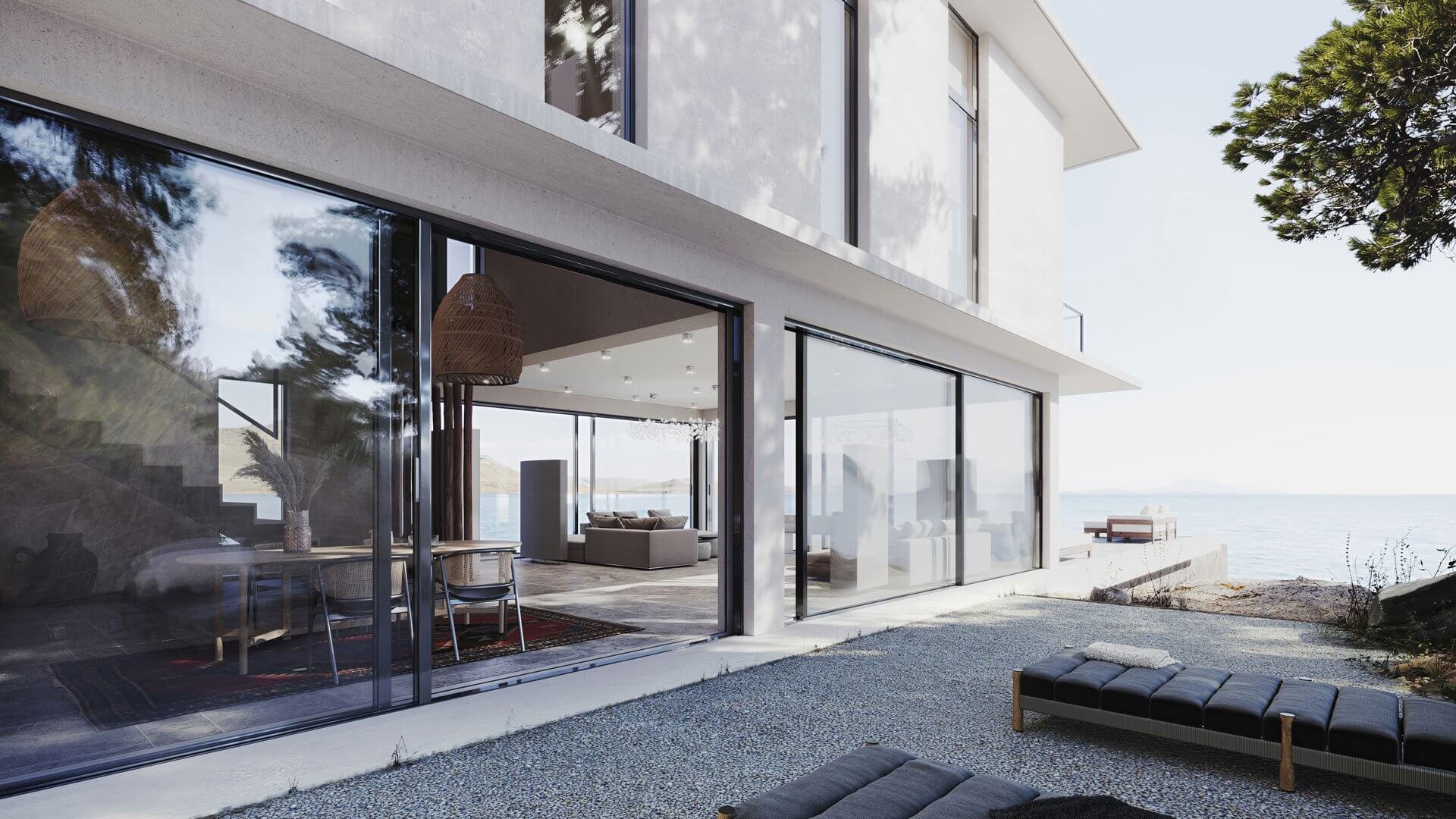
An architect always has plenty of amazing design ideas, but not all of them are destined to be brought to life. The visualization of these ideas, however, would make a great addition to an architectural portfolio and help find sponsors and potential employers. Realistic 3D visualization is the perfect tool for this task. 3D graphics open near-limitless creative opportunities, to showing both the interiors and exteriors. In a virtual space, it is possible to show the architecture of any complexity in any location, at any season or time of day, filled with all sorts of furniture, decor and other contextual elements. With realistic CGI, architects can just let their artistic talent loose and come up with the most unusual and stunning design visualization!
If architects want to win investors with the help of portfolios, realistic visualization is the way to go. CGI can bring a design to life before the construction works even start. A portfolio filled with photorealistic 3D renders looks consistently gorgeous, and doesn’t just showcase projects — it tells stories about each of them. And why stop at just pictures? 3D animations and virtual tours are an awesome way to create a strong impression. Last, but not least — realistic 3D visualization is a great way to present any kind of creative ideas an architect has in mind.
Get your project estimated in just 1 hour - fill out this brief!
Tired of waiting for the properties to be built before taking pictures for your portfolio? Want to attract attention by showing the expected outcome of your ongoing projects and creative ideas? Get a stellar portfolio and a steady stream of clients with our our services!

Catherine Paul
Content Writer, Editor at ArchiCGI
Catherine is a content writer and editor. In her articles, she explains how CGI is transforming the world of architecture and design. Outside of office, she enjoys yoga, travelling, and watching horrors.


